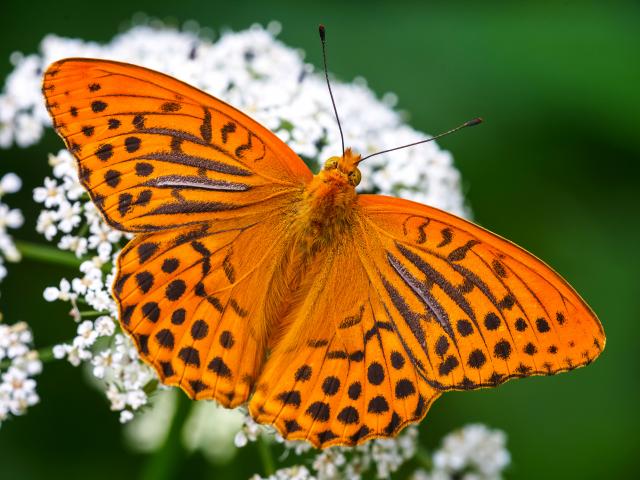
Silver-washed Fritillary
This large and powerful butterfly is one of our most widespread fritillaries and can be seen flying rapidly in a range of open sunny habitats. The males look similar to the High Brown Fritillary, which is far rarer but sometimes flies with them on bracken-covered hillsides. The two can be distinguished from the underwing markings, visible when they are feeding on flowers such as thistles.
The Dark Green Fritillary has declined in parts of central and eastern England but remains locally abundant in western England, around the coast of Wales and in Scotland.
Common Dog-violet (Viola riviniana) is used in many habitats, but Hairy Violet (V. hirta) is also used on calcareous grasslands, and Marsh Violet (V. palustris) on moorland and wetter habitats in the north and west. Other violets may be used occasionally.

Occurs in a range of flower-rich grasslands often with patches of scrub, including coastal grassland, dunes and scrub; chalk and limestone grassland; moorland and wet flushes; acid grassland with bracken; and occasionally woodland rides and clearings.
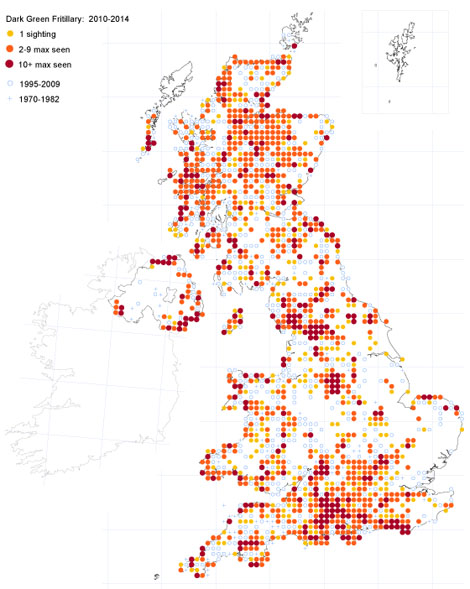
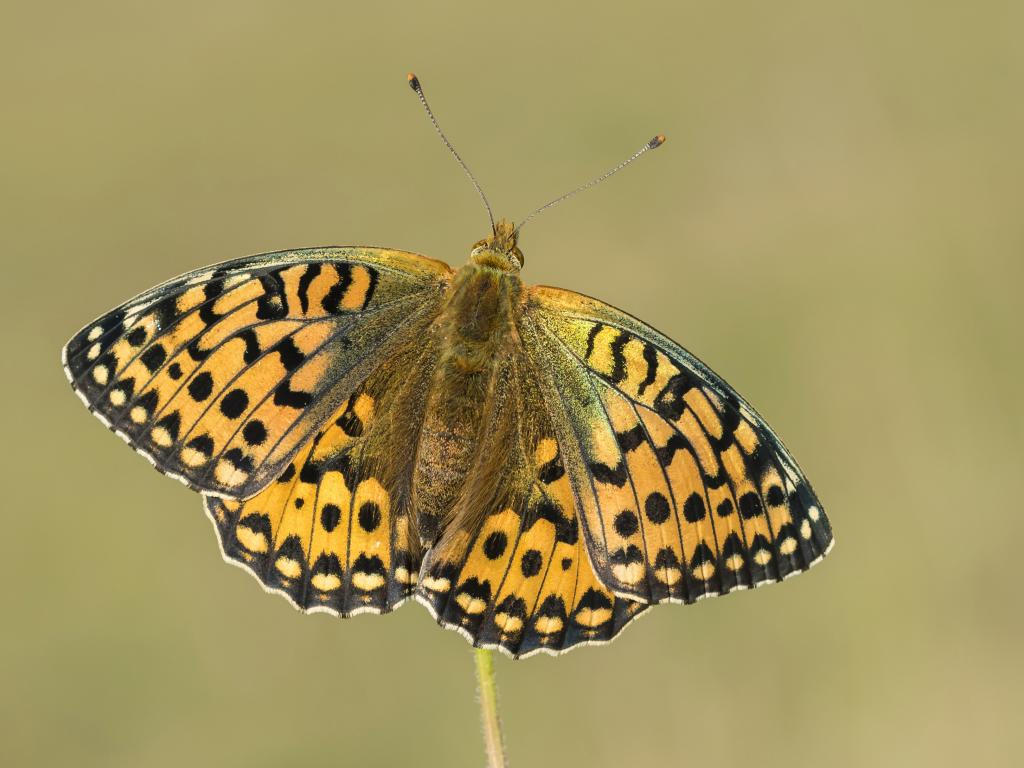
Dark Green Fritillary (female/upperwing) - Bob Eade
Bob Eade
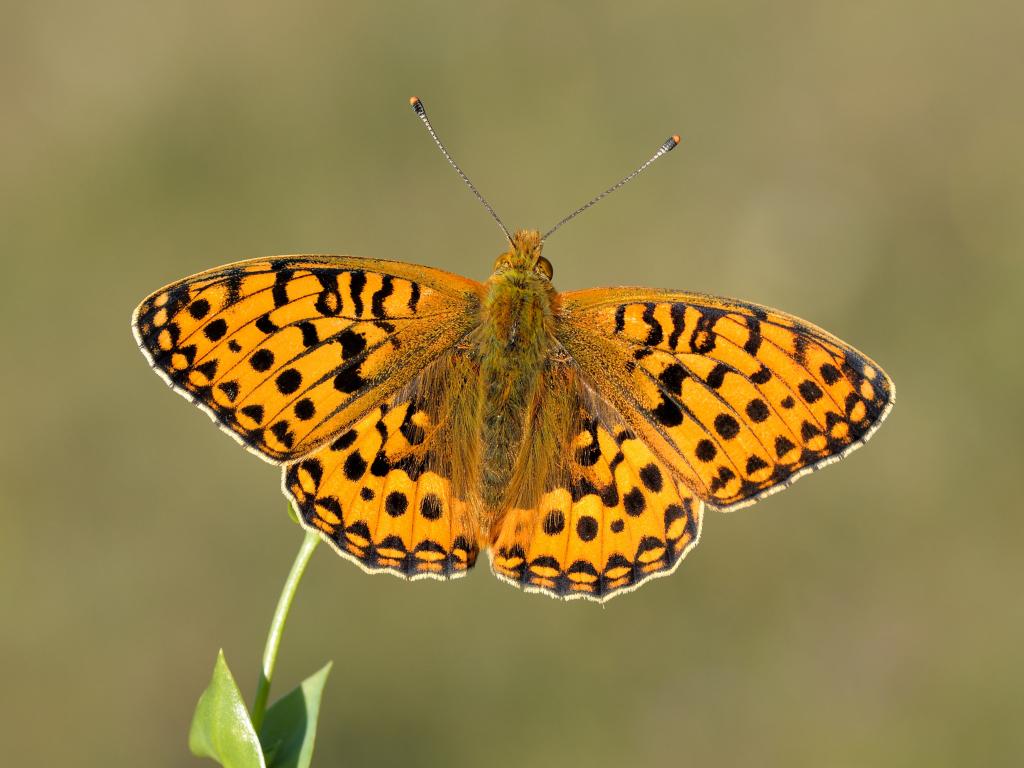
Bob Eade
Bob Eade
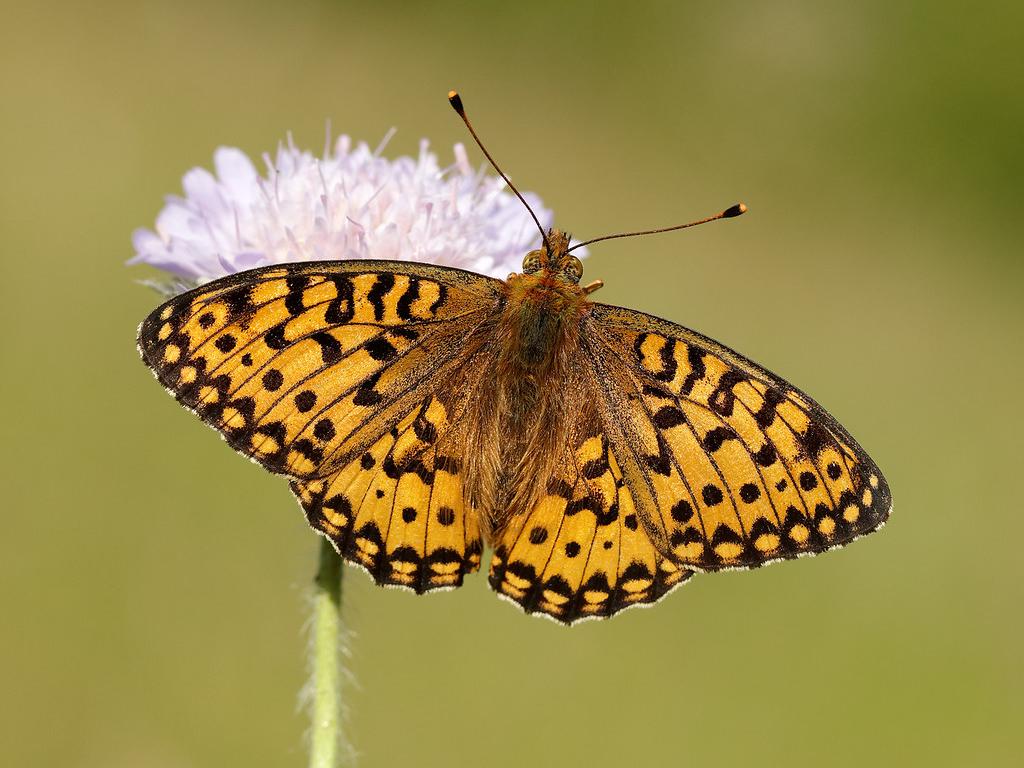
Dark Green Fritillary (upperwing) - Iain Leach
Iain Leach
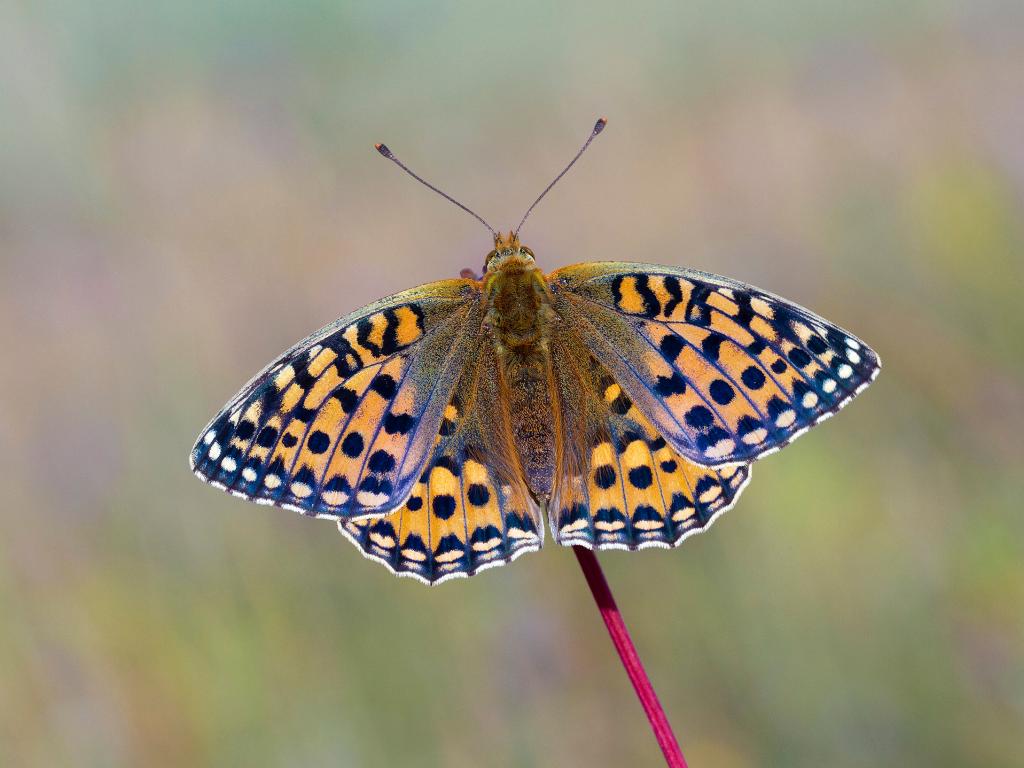
Dark Green Fritillary (upperwing) - Nigel Kiteley
Nigel Kiteley
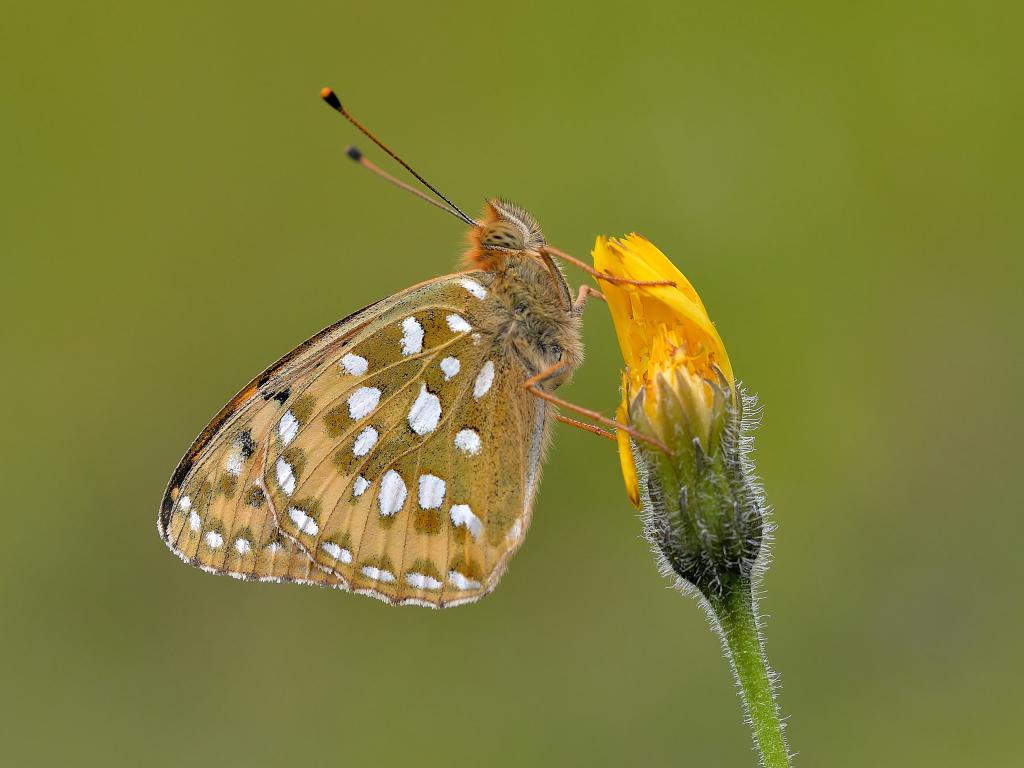
Dark Green Fritillary (underwing) - Bob Eade
Bob Eade
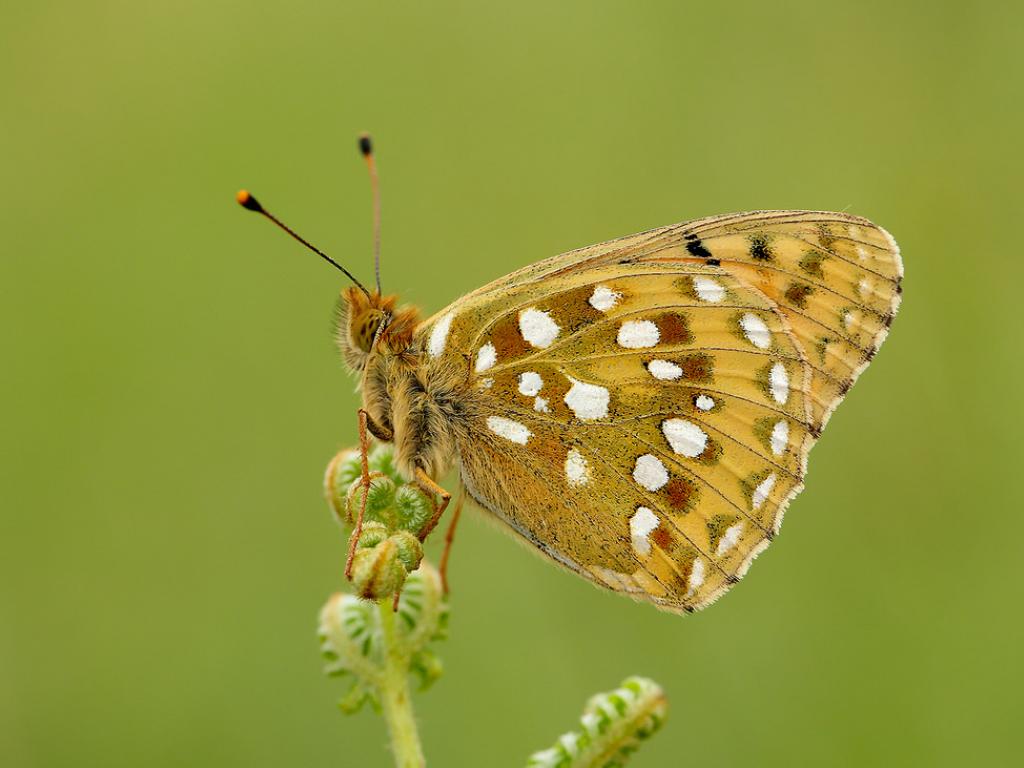
Dark Green Fritillary (underwing) - Iain Leach
Iain Leach
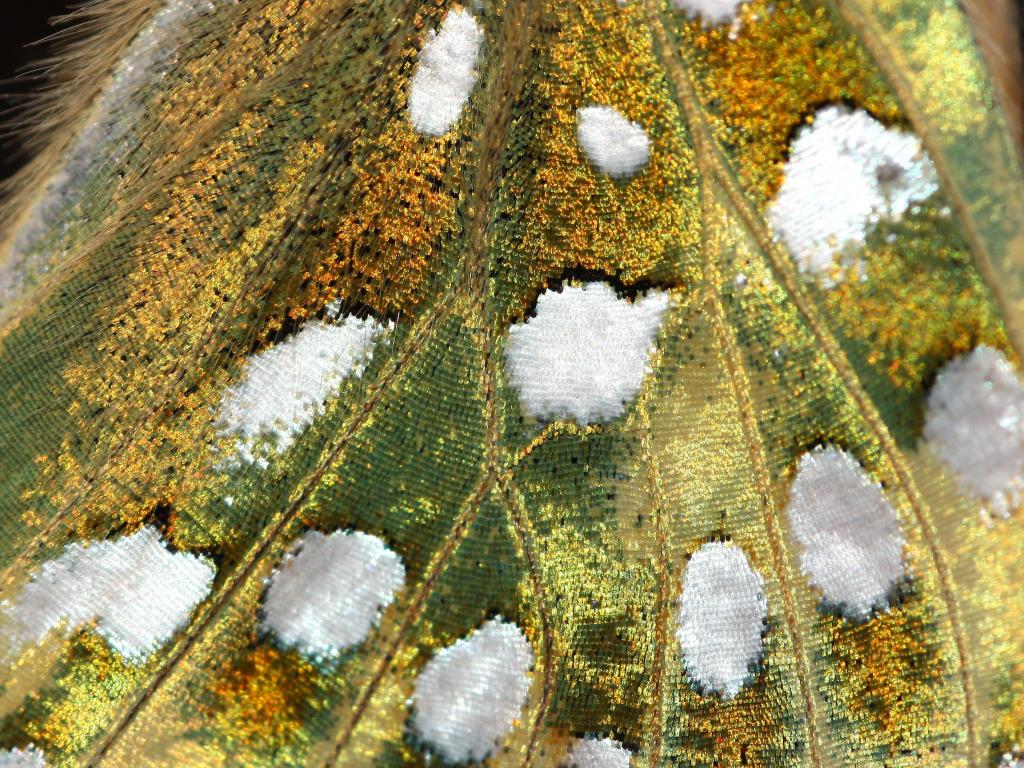
Dark Green Fritillary (wing detail) - Dean Morley
Dean Morley
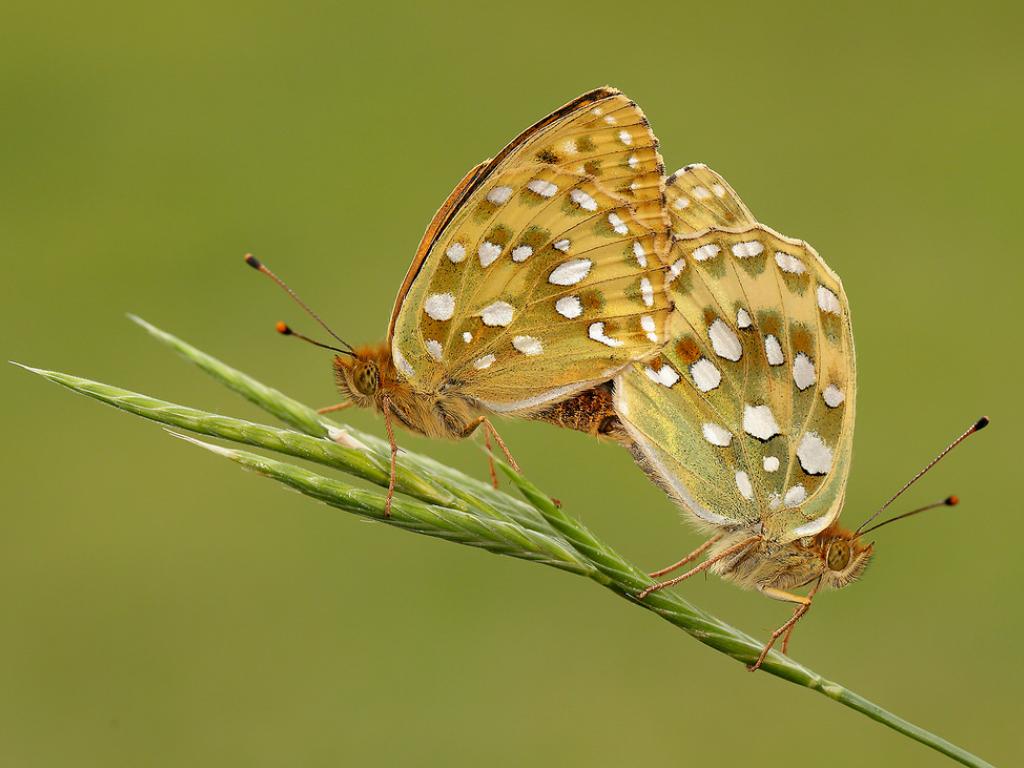
Iain Leach
Iain Leach
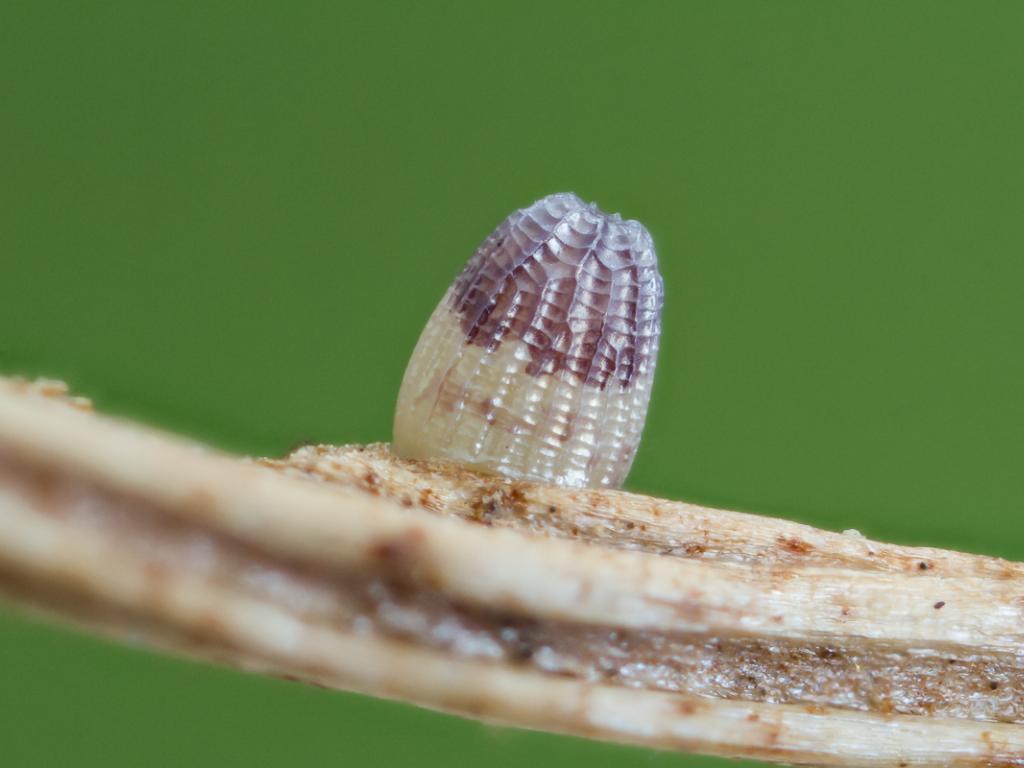
Dark Green Fritillary (egg) - Peter Eeles
Peter Eeles
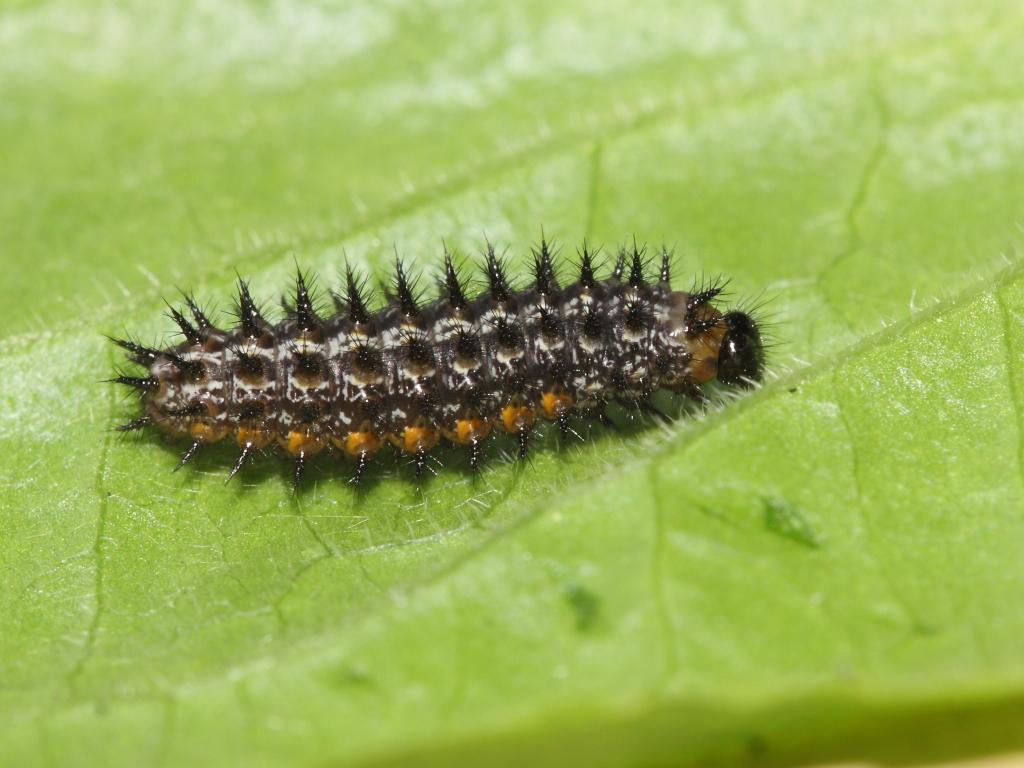
Dean Morley
Dean Morley
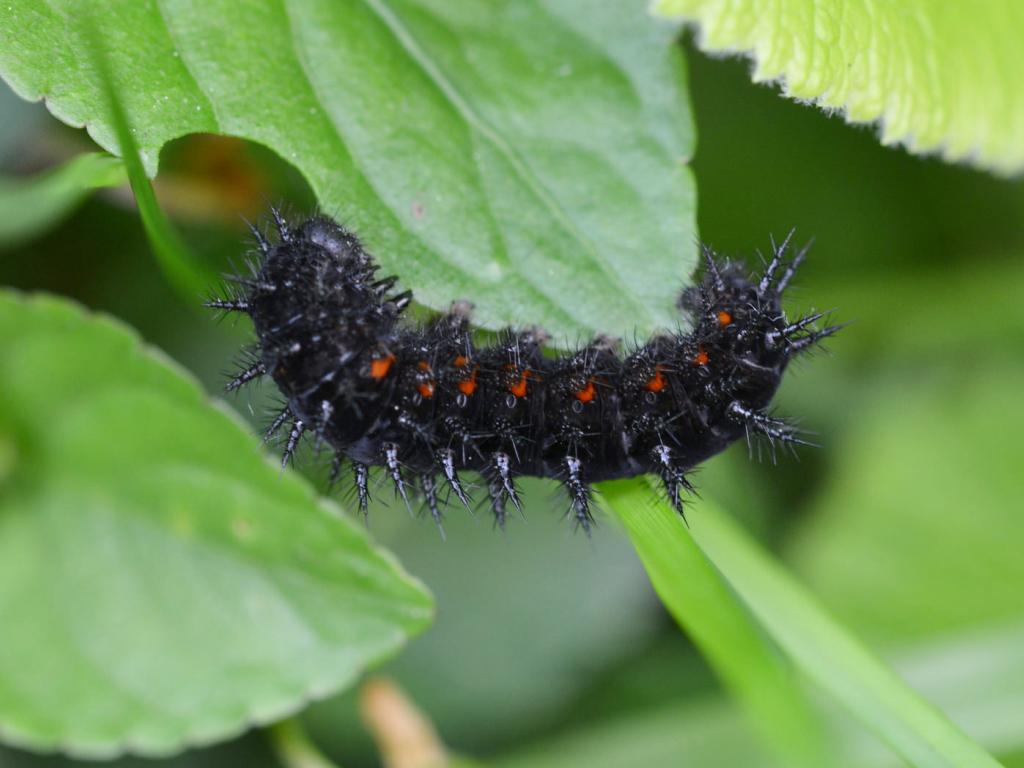
Andrew Cooper
Andrew Cooper
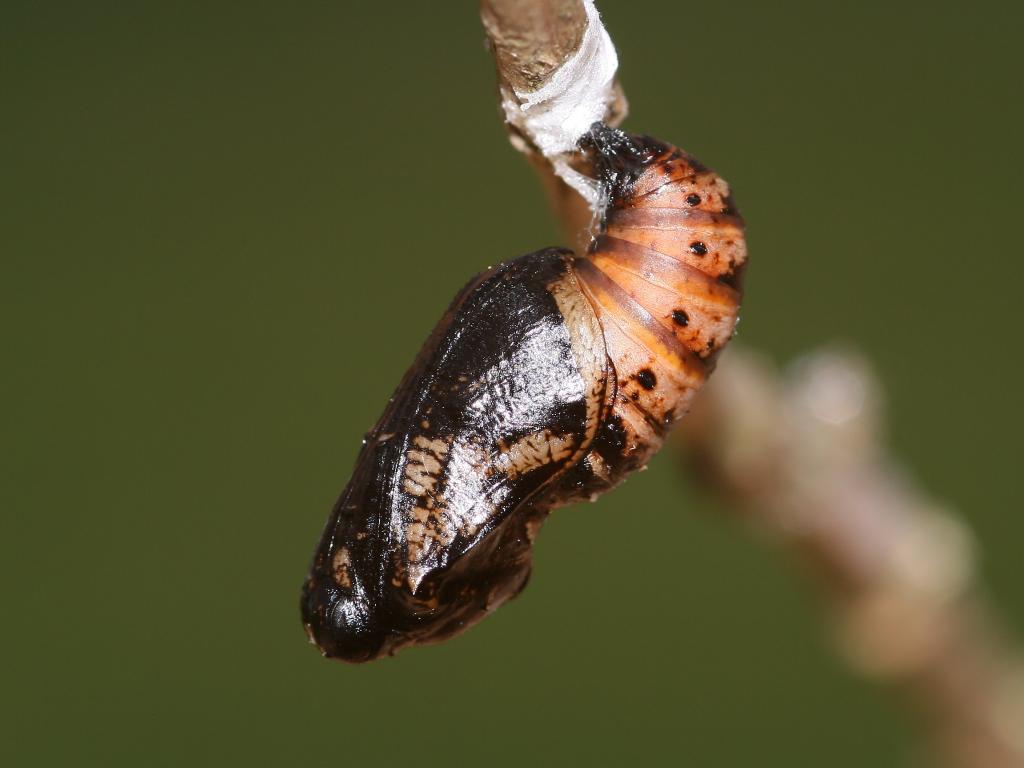
Dark Green Fritillary (pupa) - Dean Morley
Dean Morley